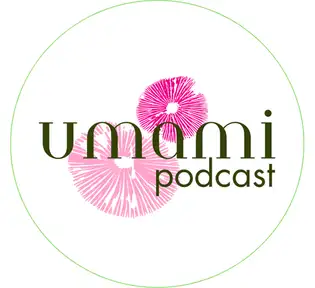Sustainable Seafood with Mariah Kmitta
Download MP31/2 billion pounds of sea creatures are harvested every DAY as 3 billion people worldwide depend on it as a primary source of protein, according to the United Nations. Many fish populations are 10% of what they were a hundred years ago, including salmon, tuna, and shrimp.
Consequences are dire if we don’t figure out how to make rapid and significant changes to the way we consume seafood. So how can we continue to eat fish in good conscience? Is there any fishing that could actually be good for our oceans? Is there a way to source from healthy, thriving fisheries that prioritize preservation over profit?
Mariah Kmitta is chef and co-owner of Seattle’s Mashiko Restaurant, where she began working 23 years ago. In 2009, Mashiko made a public commitment to serve only sustainable seafood, regardless of cost. Mashiko’s menu changes daily, as seasons change and definitions of what is sustainable continually shift. Mashiko’s website does a fine job of articulating what that commitment means to them, and staying true to that commitment is Mariah’s life’s work. Chris and I both know Mariah, so it felt natural to begin our conversation with her.
Mariah has learned to navigate the vast, complex, and often convoluted information out there about sustainable seafood as she has developed her knowledge and practice of Japanese cuisine over the past two decades. She has forged reciprocal relationships with fishers, processors, and maritime scholars that help her make elegant and intelligent choices in responsible sourcing.
The omakase service at Mashiko unapologetically eschews “classics” like ahi tuna while featuring less popular, more abundant varieties. With seasonal fare like Japanese firefly squid, uni (sea urchin), and wild Pacific yellowtail, Mashiko’s cuisine revels in eco-culinary details that create an intimate and intentional connection to the fish we eat.
Chef Mariah gives us an overview of some of the most pressing topics affecting traceability and transparency in the seafood supply chain. She breaks down fishing and harvesting methods, farming (aquaculture) practices, labor standards, and governance. We also praise the mollusk—oysters, clams, mussels and other bivalves that are hands down the most sustainable thing we can eat from the sea because they actively clean the ocean (a single oyster filters up to fifty gallons of water per day!) and they don’t eat other fish.
Our hope is that this episode and its accompanying information will give you a clearer sense of what to buy and what to avoid next time you’re at the point of purchase.

